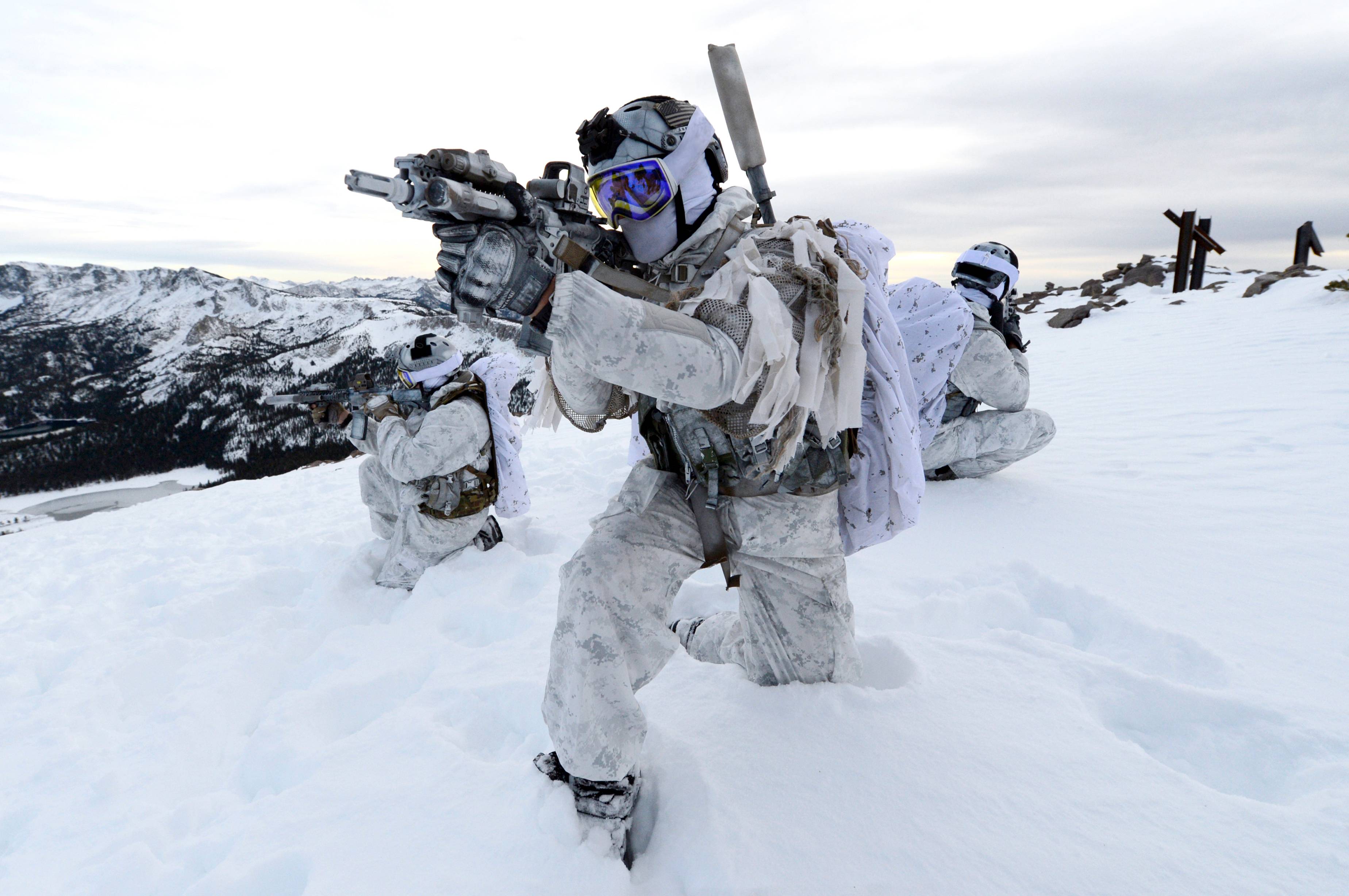*Editor’s note: To be clear, American Grit supports the Second Amendment. This is not a conversation about that in any regards. Don’t jump to conclusions.*
As of March 6th of 2023, there have been over 100 school shootings in the United States, just over one and a half per day. The cause of these horrifying events are widely disputed and debated among politicians, parents, and survivors, but as with most issues of this magnitude there is never a single or simple explanation that covers all scenarios, nor is there a single and simple remedy.
Sometimes the weapons are obtained legally, sometimes stolen. For as many times that the perpetrator claimed their act was in retaliation against imagined pain and persecution, there are just as many which served no other purpose even in the mind of the person committing the act than mindless violence against a defenseless group.
Given the wide complexity of this issue, there are many proposed solutions, and just as many reasons why they won’t work. We could turn schools into prison-like fortresses, built by the same security professionals who design force protection measures at our military and government installations. This would only serve to cause an increase in the disconnection and isolation which spurns many to commit these heinous acts, or to move them just outside the security perimeter. Consider how many US presidents have been attacked while surrounded by some of the best security in the world… But never while inside the White House.
So, what is to be done? As with all things, I have my opinions, and you as the reader have others. We could debate all day about governmental or systemic changes we believe would stop would be attackers. What we can do now, with only the wits and training we have available to us, is to consider the tactical and personal steps we can take for ourselves.
Personal Defense
When discussing personal defense, I refer not to the ability to fight, but the knowledge to avoid one. When my children were younger, I often did what I could to make them understand their position was to be good citizens, good neighbors, and to learn. At no time as a parent do we want to have to sit our children down and explain that, for reasons passing understanding, some people choose to commit random or purposeful acts of violence against unarmed children like themselves, but in whatever capacity we feel they can handle that knowledge, we must prepare them.
When my son was young, he got into a fight at school. More of a shoving match, instigated by him. The kid he pushed told an adult, who contacted me and punished him. In retaliation, my son then came after the other boy again at the end of the school day. This behavior was dramatically out of character for my son, and I have always been clear on the family doctrine regarding fights; never start them, always finish them. Many years later I no longer remember the reason he gave me for what he did, though I remember it was petty and juvenile, even for their age.
That Saturday, after careful consideration as to how I would address the act, I took him to the National Museum of the Marine Corps. Surely, a museum trip on a weekend seems like a punishment in and of itself, but I had a different purpose. He was to carefully consider each exhibit and explain to me what the moral issues of each conflict entailed. The result of the day’s discussion? “Marines don’t tolerate bullies.” The lesson seems to have kept, as he has not started a fight since.
The other side of that coin is situational awareness. Children should not need to commit themselves to the level of vigilance as a soldier on patrol in enemy held territory, but teaching them to look for certain behaviors, pay attention to egress routes, and the difference between cover and concealment certainly increase their ability to navigate these situations. For younger children, these lessons are easily wrapped in softer padding, as hide and seek games, or family Nerf gun fights. The military has a reason for teaching close order drill, after all, despite warfare no longer being muskets in a volley at dawn. Prior proper planning prevents poor performance, even if they don’t really know they’re planning.
Tactical Options
With prepared children, that’s two thirds of the situation ready for an emergency. There is little likelihood that a school shooting would occur while several combat veterans in full kit are coming to pick up their kids, so the Rambo approach is a slim possibility… But never zero. What options are available if we get the phone call that an incident is about to occur, or is already in progress?
First and foremost, let me say this; disobeying law enforcement to enter an active shooter scenario is dangerous and illegal, and will have consequences. That said, situations vary wildly and many factors must be weighed in responding to this type of incident.
Just as we must prepare our children, we must be ourselves prepared, which luckily comes with the added benefit of greater involvement in our children’s lives outside of the home. Most protection details include an advance element to research a venue before their protectee arrives on site. This same principle can be applied to the grounds of the school. Familiarize yourself with security measures, points of ingress and egress, and any flaws you might find in the safety of the facility within reason. Open houses are an excellent opportunity to get to know or at least observe the other parents, school administrators you wouldn’t otherwise have cause to interact with, and support staff. If you have the time to do so, volunteer. In the event of an incident, members of the school faculty recognizing you on site is a distinct advantage.
Finally, tactical response. I can’t speak for anyone other than myself, but if a school shooting were to occur when my son was present, I’m going to get him out. Even with almost twenty years of experience in the tactical community, multiple combat tours and a decade of high threat time, there is a possibility I get smoked coming through the door before I even locate the threat. In the words of my own father, “Them’s the brakes, kid.” I’m still going.
Having said that, if this is the option you choose, be smart about it. The biggest issue of citizen response is identifying good guys from bad guys when no one is wearing a uniform. Looking like Ghost from Call of Duty isn’t exactly screaming “operator operating operationally” to the local resource officer, so pick your response kit carefully. The gear I keep in my locker and my truck both have plates that clearly identify me as a first responder, and I’m not going to a gunfight in the Upper Gereshk Valley, so enough guns to stick solely to New York Reloads are more of a hindrance than a help.
Remember always that this option is not your hero moment. Save who you can, engage the threat if no other option exists, but your purpose is to remove innocents from the combat space, not to locate, close with, and destroy the enemy. If you get people out and the shooter is left for law enforcement to handle with no targets, that’s a job awfully well done.
As with many subjects, I hope none of this information is ever more than an intellectual exercise for the reader, but if you or someone you love find yourself in this situation, stay calm, be tactically intelligent, and use the skill set you have to assist where appropriate. If we all follow that plan, perhaps the rest of the year can see those numbers reduced.



%201.svg)









